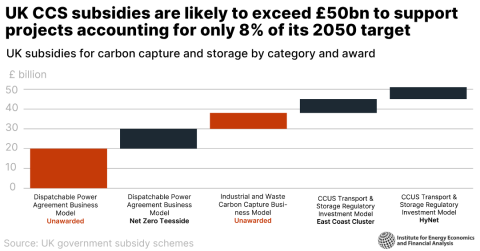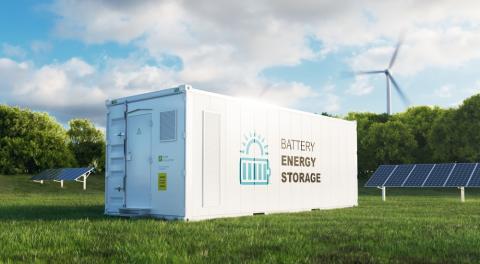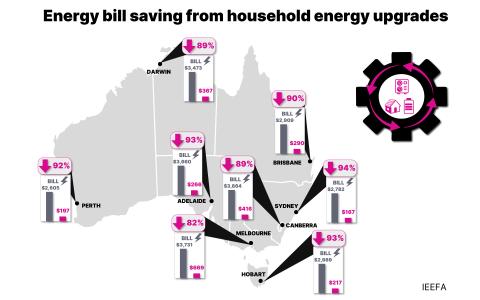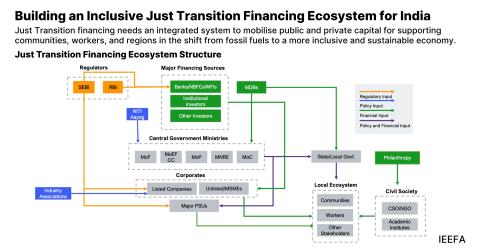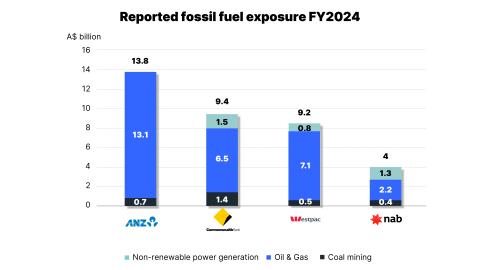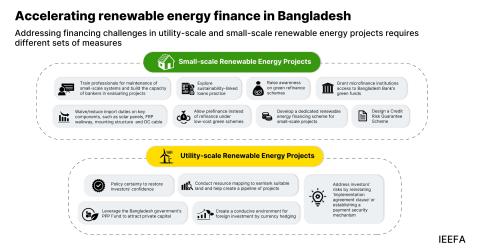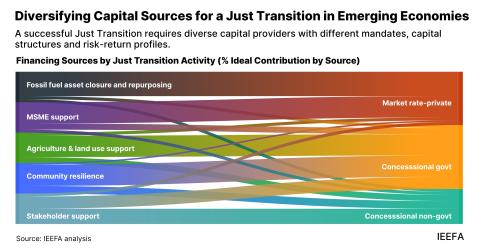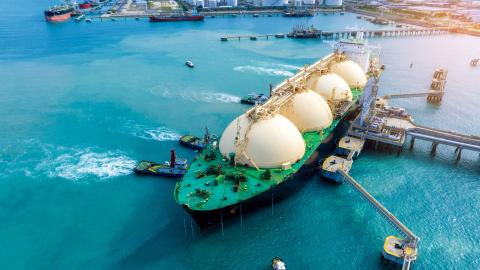IEEFA: Why India can’t match the Gulf region’s record-low solar tariffs
29 August 2020 (IEEFA India): A number of countries in the Gulf region have set record-low prices for solar in recent years, leading to hopes that India and other countries may soon be able to achieve similarly cheap – or cheaper – solar tariffs.
But a new report by the Institute for Energy Economics and Financial Analysis (IEEFA) and JMK Research & Analytics finds it is unlikely that India – or indeed other countries – will be able to overtake the Gulf region to provide the world’s cheapest solar power in the near term.
India and other countries will struggle to secure the same low tariffs
Recent record-low tariffs in Abu Dhabi, Dubai, Saudi Arabia and Qatar are the result of lower cost of US$ denominated, long-dated financing, major tax concessions and other factors driving prices down in the region, according to the report’s authors Vibhuti Garg, Energy Economist at IEEFA and Jyoti Gulia, JMK Research Founder and Shilpi Jain, JMK Research Director.
“India and other countries will struggle to secure the same low tariffs discovered in the Gulf auctions,” says Garg.
“The economic, tax and financial makeup of each country plays a direct role in determining tariffs. Record low solar tariffs need to be compared on an apples-to-apples basis.
“It would be extremely difficult for the Indian market to replicate the combination of factors leading to low solar tariffs in the Gulf region.
“In fact, with solar modules facing permanent Indian import duties, this will widen the tariff differentia versus the Gulf.”
THE GULF REGION HAS ACHIEVED TARIFFS IN THE RANGE OF US¢1.35-1.80/KWH and Portugal hit another new record low level with the tariff discovery of USc1.32/kWh in the recent bid at a 700MW solar energy auction on 24 August 2020.
India’s tariffs, whilst some of the lowest in the world, are in the range of US¢3.14-3.25/kWh.
“India’s tariffs are almost double those of the Gulf region,”
“India’s tariffs are almost double those of the Gulf region,” says Garg. “But we estimate tariffs in India will continue to fall over the coming decade, making solar an increasingly more competitive source of electricity generation.
“The ongoing technological development of solar combined with ever larger factories driving economies of scale means solar tariffs will continue to see 5-10% annual declines over the coming decade in India.”
Co-author Gulia says this reflects a broader trend in recent years of falling renewables prices worldwide and the ever-stronger competitiveness of solar against incumbent fossil fuel alternatives.
“INDIA’S SOLAR POWER TARIFFS HIT A RECORD LOW OF ₹2.36 PER UNIT (US¢3.14/KWH) IN JUNE 2020, with zero inflation indexation locked in for 25 years – like the Gulf tariffs,” says Gulia.
“Despite India’s record lows, the Gulf’s cheaper tariffs are mainly due to lower costs in financing.”
“This includes long-dated loans at very low interest rates; no corporate taxes; negligible duties on equipment costs; long-term income tax holidays on the sale of power; low or negligible land costs for solar projects; and lower return on equity (ROE) expectations.
The Gulf’s cheaper tariffs are mainly due to lower costs in financing
“Other factors, such as higher capacity utilization factor on account of high solar intensity and technological advancements in modules, whether trackers and robotic cleaning systems (leading to less soiling losses) have been installed, also have an impact.”.
Garg says she hopes this report will help to set more reasonable expectations of tariff levels in India.
“If expectations aren’t managed, renewable energy developers will continue to cancel bids and not honour their commitments, or will try to renegotiate tariffs because they see the Gulf tariffs as better,” says Garg.
“Investors need to make an acceptable risk-adjusted rate of return.”
“Indian policy makers want developers to achieve tariffs on a par with those discovered in the Gulf bids, but such low tariffs are neither achievable nor sustainable in India under the current conditions.
“We hope our research will help steer India towards commercially sustainable tariffs in future bids, leveraging the strong political and legal framework already well established.
“India does not need to offer tax subsidies; solar tariffs are already the low-cost source of new supply.”
Full report: India Unable to Compete with Record Low Solar Tariffs in Gulf Region
Author Contact: Vibhuti Garg ([email protected]) and Jyoti Gulia ([email protected])
Media Contact: Kate Finlayson ([email protected]) +61 418 254 237
About IEEFA: The Institute for Energy Economics and Financial Analysis (IEEFA) examines issues related to energy markets, trends and policies. The Institute’s mission is to accelerate the transition to a diverse, sustainable and profitable energy economy. www.ieefa.org

